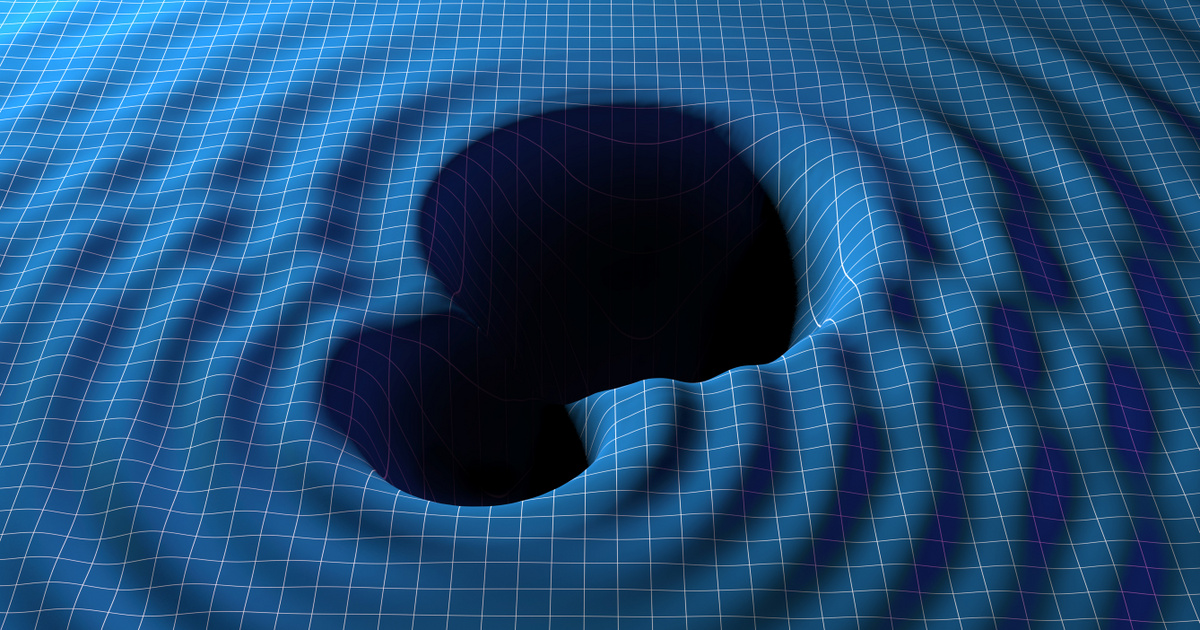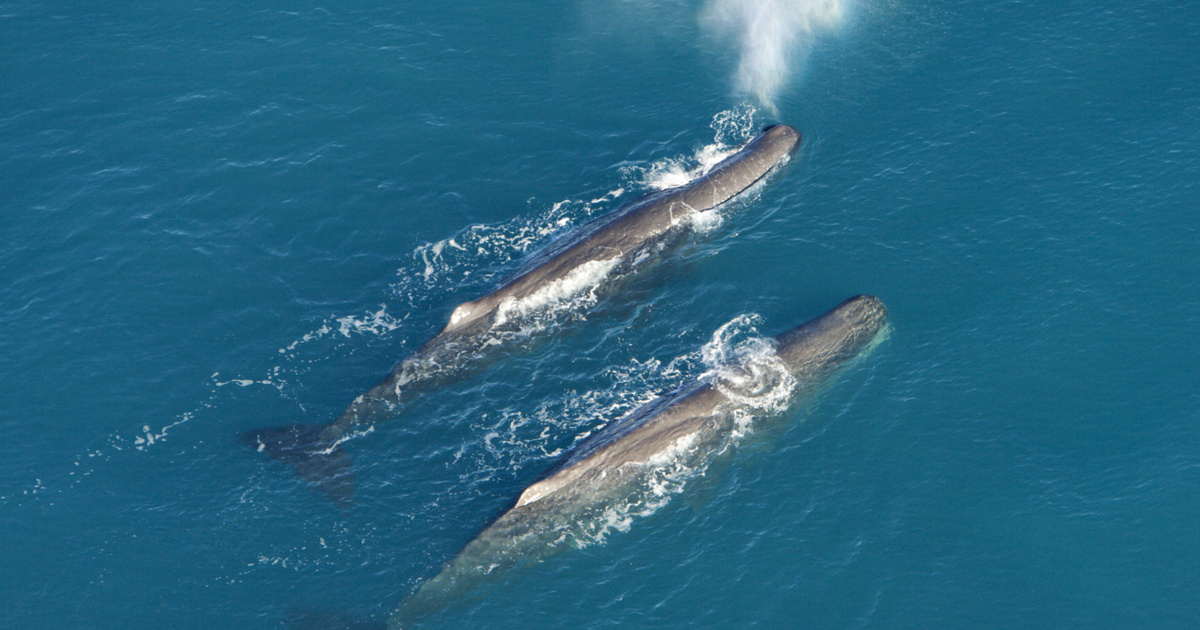A study by the University of Zurich, the University of Massey and Canterbury in New Zealand, and Australia’s Finders University shows that whale populations are moving south as the oceans warm. According to the study
In a worst-case scenario, the habitat of blue whales and amberjack could decline by 61 percent, but at least by 42 percent, all of which could primarily affect New Zealand’s northern waters.
Even in the best-case scenario, the habitat of blue whales and amberjack in New Zealand could change dramatically, Katharina Peters, director of research at the University of Zurich, believes.
According to the study, island nations like New Zealand are particularly vulnerable to climate change. For example, they mentioned that sperm whales are a tourist attraction in New Zealand, so it has become an economic factor. The study warns that whale watching tours will stop if fewer marine mammals are seen.
In addition to the economic effects, the environmental impact of the great whale migration is also important, the study notes, because whales play an important role in the food chain. Thus, shifting the habitat of blue and amberjack to Antarctica could upset the ecological balance in the waters around New Zealand.
According to the study, the area around New Zealand’s South Island could serve as a refuge for the two species that need to be protected
It is important to create protected areas and regulate the extraction of petroleum and natural gas.
Amberjack (Physeter macrocephalus) is found in all oceans and feeds mainly on deep-sea squid. Large bulls grow to more than 20 meters in length and weigh over 50 tons, and females are much smaller.
The blue whale (Balaenoptera musculus) is one of the largest animals on earth, it can reach a length of 33 meters and a weight of 200 tons. The average length of the animal is 26 meters, and its relatives living in the southern hemisphere are even larger. Blue whales, like sperm whales, are found in all oceans, but in this group, the females are larger than the males.











































